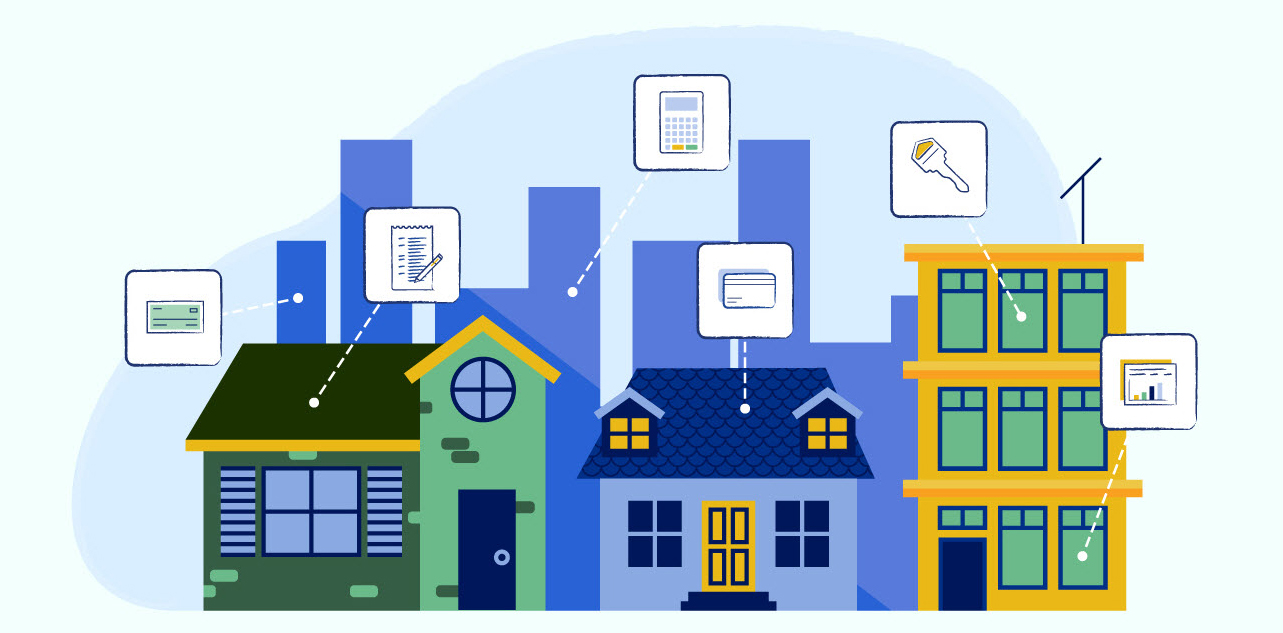Money Matters: The first steps to becoming a homeowner
Buying your first home requires some serious adulting — it's an exciting step for your future and an awesome accomplishment, but can also be filled with complexity and responsibility.
Chances are, you’ve probably never analyzed your finances so closely. If you understand the buying process, it will making achieving the dream of homeownership smoother. (And a lot less stressful).
1. Save, save, save
It may seem obvious, but saving for your down payment should be your first step, the costs associated with buying a home can add up quickly, so the more money you save, the better. Most mortgage lenders require a cash down payment, plus you'll have to pay closing costs (typically 2 to 5 percent of purchase price), home inspections and appraisals. You can prepare for this financial blitz by saving as much cash as possible on the run-up to your home purchase. Set up automatic deductions from your paycheck that go directly to a “future home" savings account.
![]() New homeowners are often tempted to “fill” the home right away with furniture and other items from curtains to lamps. Avoid the temptation to put these added costs on a credit card, instead, make a spending plan and prioritize your must have items and slowly gather other things over time.
New homeowners are often tempted to “fill” the home right away with furniture and other items from curtains to lamps. Avoid the temptation to put these added costs on a credit card, instead, make a spending plan and prioritize your must have items and slowly gather other things over time.
2. Put your financial house in order
The better financial shape you're in, the more likely you are to qualify for better mortgage rates. Know your credit standing before going into the process (you can get a report for free at Annualcreditreport.com). Then, assess your budget to see where you can cut spending and increase saving. Begin collecting monthly bank statements, pay stubs and investment statements.
![]() Get a hole puncher, binder, and tabs and file the documents as they arrive. If your statements are online, make a punch list and dedicate at least 30 minutes weekly to gathering documents and placing them in a digital file folder. Most lenders require four to six months of these documents (and W-2’s)to be pre-qualified for credit. Be sure to ask for a checklist of required documents from each potential lender.
Get a hole puncher, binder, and tabs and file the documents as they arrive. If your statements are online, make a punch list and dedicate at least 30 minutes weekly to gathering documents and placing them in a digital file folder. Most lenders require four to six months of these documents (and W-2’s)to be pre-qualified for credit. Be sure to ask for a checklist of required documents from each potential lender.
3. Get pre-qualified for a mortgage
Before you start looking at homes, it's best to learn the exact amount you would actually be qualified to borrow. This will give you the price range you can afford. Mortgage rates and conditions can vary depending on the lender. Shop around and ask questions. Contact big banks, local banks, and credit unions. Once you've compared rates, request a pre-qualification letter. Be sure to follow the rates and be in touch with your potential lender daily.
![]() Most lenders or real estate agents have an app you can download or daily email alerts you can sign up for to make sure you stay on top of daily rates. Rates change daily, and you want to choose the best day and rate when you lock in.
Most lenders or real estate agents have an app you can download or daily email alerts you can sign up for to make sure you stay on top of daily rates. Rates change daily, and you want to choose the best day and rate when you lock in.
4. Assess what you can comfortably afford
The bank may pre-qualify you to borrow more money than you were expecting, but that doesn't mean you should spend that amount. List all your monthly financial responsibilities in addition to your expected mortgage. Car payments? Car insurance? Commuter train? Parking? Will your utility bills go up with this new home?
![]() Don't forget anticipated expenses like property taxes and homeowners insurance. If you plan to escrow taxes, they will be added to your monthly mortgage bill.
Don't forget anticipated expenses like property taxes and homeowners insurance. If you plan to escrow taxes, they will be added to your monthly mortgage bill.




